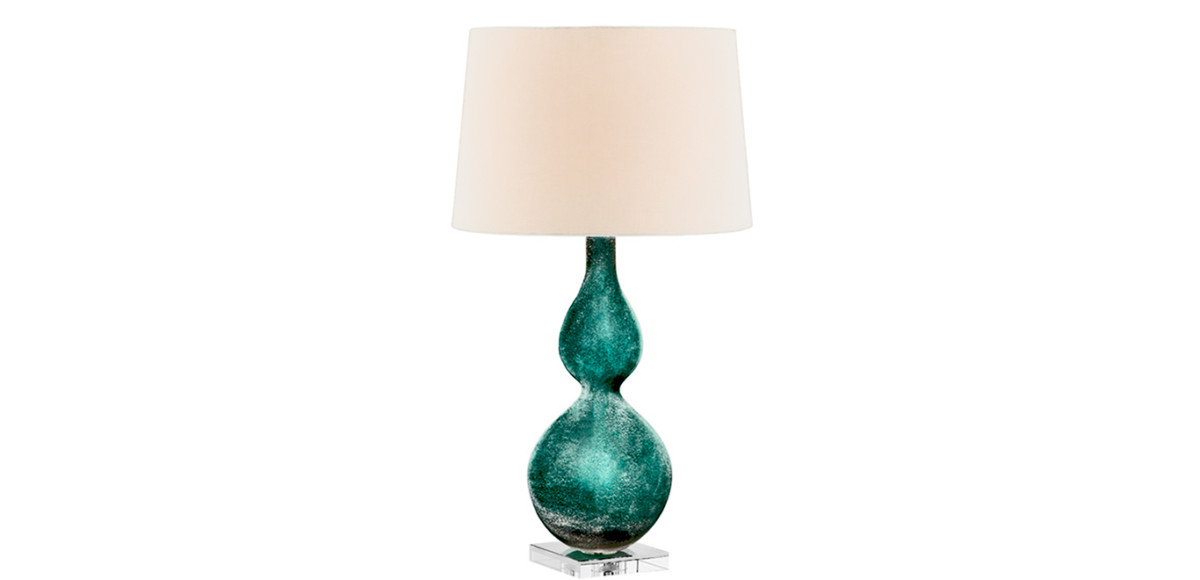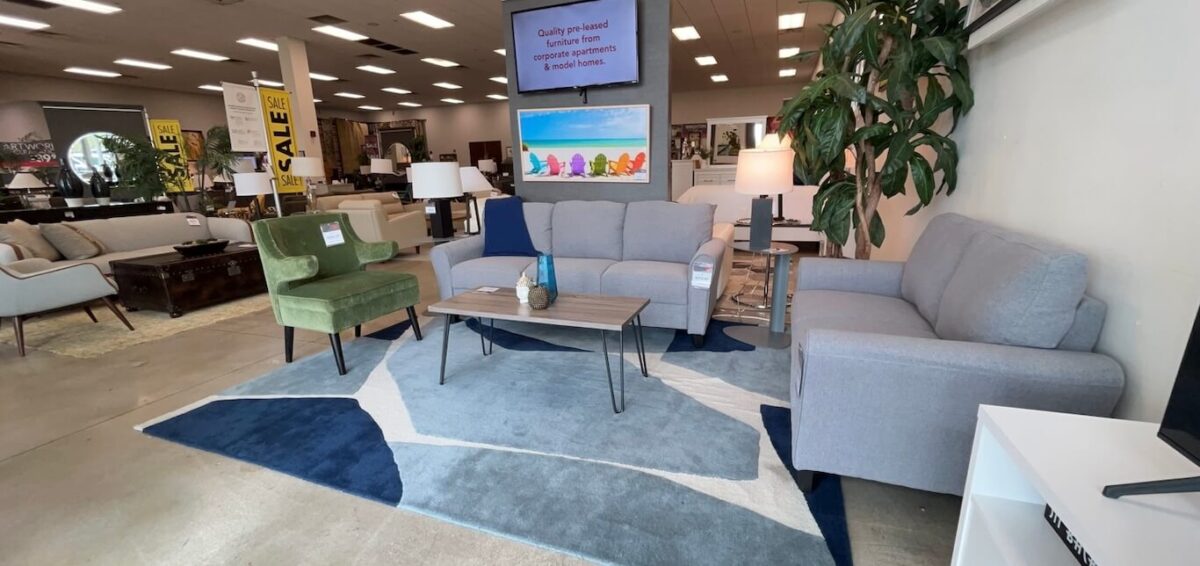You can pull out all the stops to search for the best décor and artwork to don your walls or spend hours choosing the right rental furniture and deciding how to position it comfortably. But without the proper lighting it could all just go to waste.
One of the most effective ways to freshen and influence the mood of a room is through lighting. Well-done layering of light helps to augment both the atmosphere and colors in the room, which means having to thoughtfully balance the three functions of task, accent, and ambient lighting. Here are some light layering tips for different rooms that will help turn your house into a home:
Entryway, Foyer, and Hallway
The entryway to your home is the first place to leave an impression on your house guests. For most entryways and foyers, overhead lighting such as a chandelier or simple ceiling lantern can serve as a great source of lighting while also being a decorative statement. Beyond the entryway, use wall sconces that match your hanging foyer lighting fixture to tie it all together. Adding a dimmer to your entryway lighting helps to set the mood as soon as you walk in the door, whether you are inviting guests for a warm, cozy evening or a bright social event. Make sure that if you have stairs, they are well lit for safety – usually accomplished by placing small lighting fixtures about every eight to ten feet.
Living Room
Living areas are usually used for a variety of purposes – socializing between friends and family, TV-watching marathons, studying, or just relaxing. Many different layers of lighting should be employed to suit each of these activities. Often times, recessed lighting or lighting that is close to the wall or ceilings helps to illuminate the entire room – what we call general lighting. On the other hand, lighting fixtures such as a floor lamps or table lamps serve as more ambient, soft lighting for relaxing movie-watching or reading. Use table lamps as an opportunity to add uniqueness to your décor, as many lamps usually come in different colors and textures. The positioning of lighting in the living area is especially important, as you can take advantage of the positioning to dramatize wall textures or illuminate your artwork. If you’re short on table space, wall lamps make a great alternative.
Dining Areas
For eating and cooking areas, you’ll want to address the task of lighting from a more function-oriented point of view. These areas of the house can sometimes be the busiest, especially when having guests over for dinner. You’ll want adequate lighting in a place where attention to detail is vital. While the actual eating area could use soft, overhead lighting or a bright corner lamp, the kitchen area will need higher watt bulbs where you will be performing much of the food prep. If your home does include a large dining room that you’ve filled with a lovely dining set, you can use lighting such as a small chandelier or hanging lamp to create a focal point in the room. Choose a fixture that reflects you and whether your entertaining style is more formal or casual.
Bedrooms
You’ll probably want natural light to be your main source of light during the daytime, but once the sun sets, you can replace that light with a table lamp or a floor lamp in the corner. Since most of your sleeping and resting should occur in the bedroom, you don’t want to use lighting that will assault your tired eyes. If you happen to study at a desk in your bedroom, situate a floor lamp close to the desk that has ample wattage for reading and writing. Bedside lamps on your nightstand should be chosen very carefully – even the various shapes and colors of the lampshade can influence how much light is shining in your eyes as you’re trying to lull yourself to sleep. For bedrooms with a more modern or minimalistic theme, look to track lighting to illuminate and accent your streamlined furniture choices.
For more apartment and home lighting inspiration, check out CORT’s Light Love board on Pinterest.






